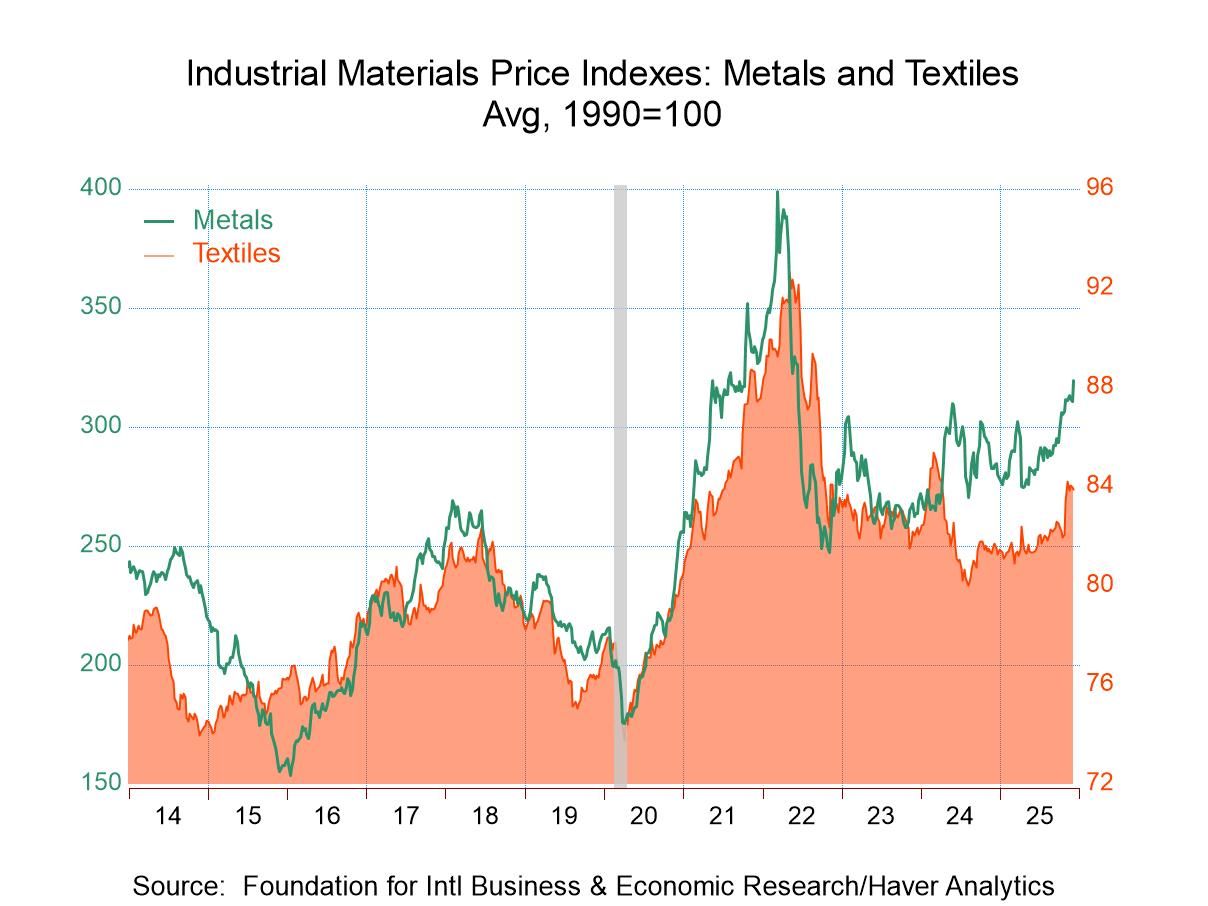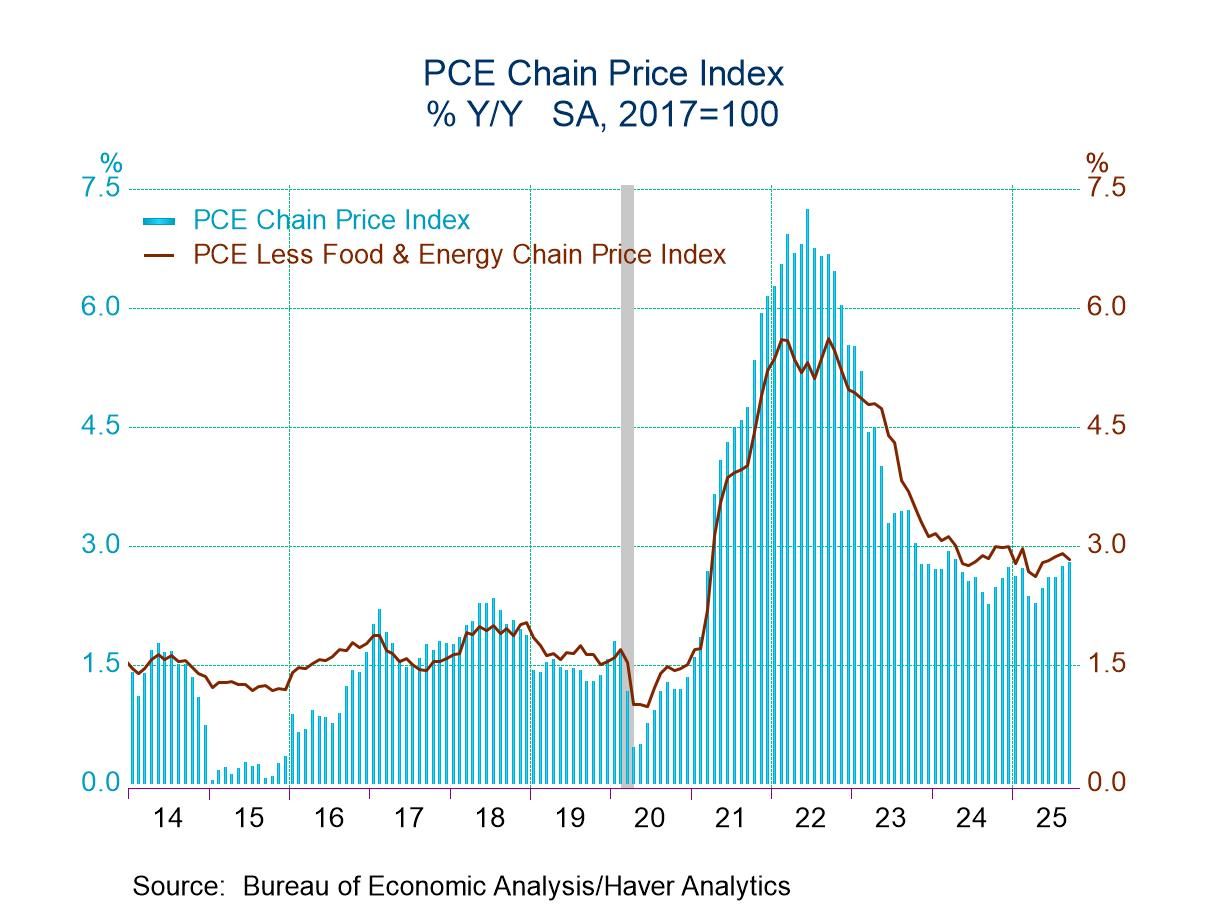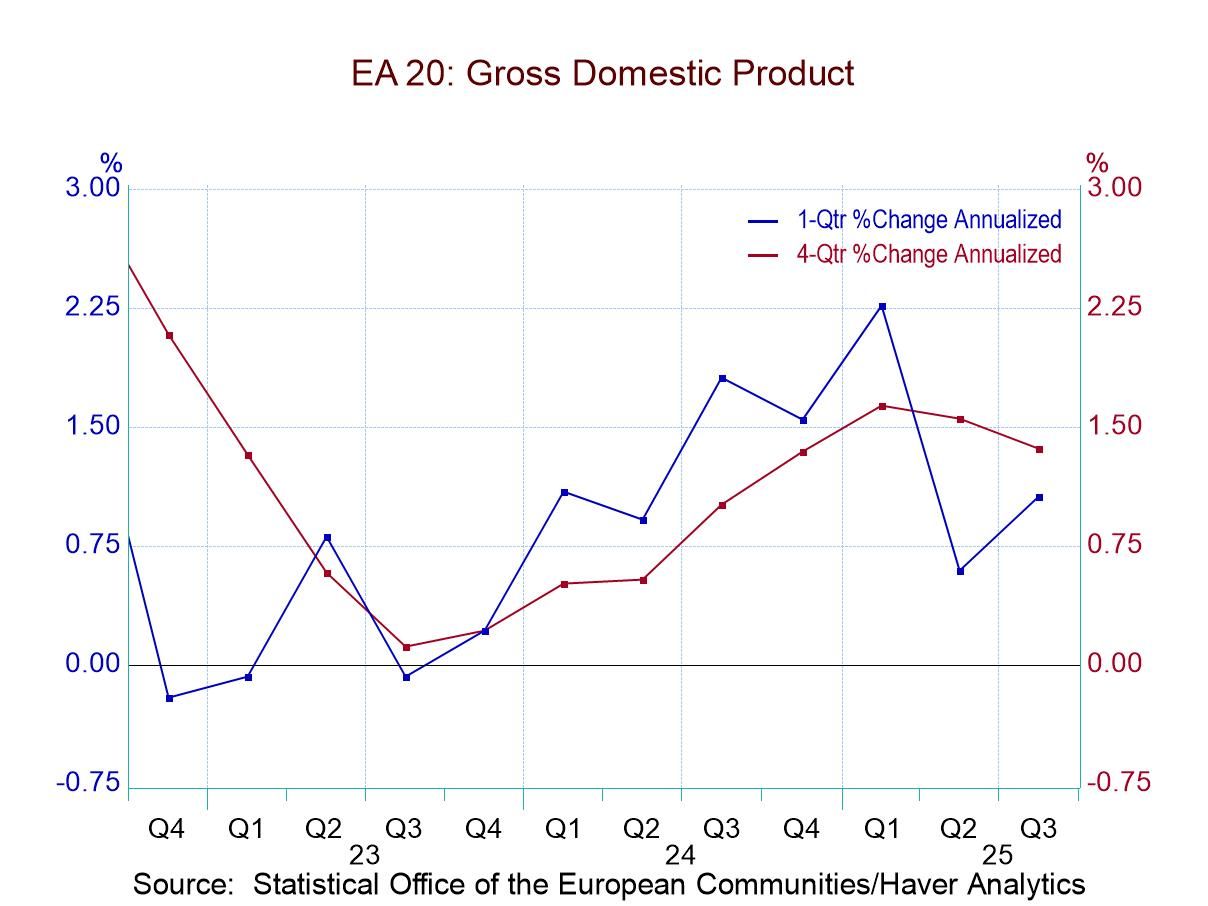 Global| Apr 04 2024
Global| Apr 04 2024Charts of the Week: Something for Everyone
by:Andrew Cates
|in:Economy in Brief
Summary
Renewed concerns about the US Fed's inclination to lower interest rates in coming months have triggered broader anxiety in financial markets over the past few days. This week additionally revealed some data that have possibly tilted the balance of risks to the global economic outlook to the downside again. For example, latest trade data from South Korea offered tentative evidence to suggest the recent upswing in global trade is losing momentum (see chart 1). This week’s euro area flash CPI data, meanwhile, revealed stubbornly high levels of service sector inflation, raising doubts about the European Central Bank's willingness to lower interest rates in the immediate weeks ahead (chart 2). Latest data for US money market inflows also suggest a big role for liquidity in driving financial markets in recent months (chart 3). That potentially exposes those markets to some vulnerability should financial conditions tighten again in the near future. Still, not all of the global macro dataflow has been negative. On a more positive note, indicators of economic policy uncertainty have lately decreased to multi-month lows (see chart 4). US business formation has also been showing robust growth over the past few months, which has coincided with a big pickup in productivity (see chart 5). And finally, China's economy has unexpectedly accelerated over the past few weeks, possibly due to an increased pace of credit formation (see chart 6).
World trade flows South Korea's open economy and its significant position in the global semiconductor (and broader electronics) value chain makes its trade data a key indicator for global economic trends. That’s why a slowdown in export growth that was evidenced from this week’s data for March may have raised a few eyebrows. Export growth, specifically slowed to 2.8%y/y in March from 12.1%y/y in February. A big drop in exports of semiconductors was a key reason for this deceleration.
Chart 1: Asia’s trade flows and the semiconductor sector

Sticky service sector inflation in the euro area This week’s flash CPI data from the euro area were, at face value, encouraging for inflation optimists. Headline CPI inflation fell to 2.4%y/y in March, down from 2.6%y/y in February, and a little weaker than euro area economists had anticipated. Still, some of the underlying details were not as encouraging. Service sector inflation, for example, remained unchanged at 4.0%y/y, a similar pace to where it has stood since last November (see chart 2). The latest ECB consumer survey, incidentally, also revealed stubbornly high levels of 3-year ahead inflation expectations as well (see chart 2).
Chart 2: Euro area service sector CPI inflation versus 3-year ahead inflation expectations

Financial market liquidity If the Fed, the ECB and other major central banks become much more hesitant to cut interest rates in coming months, this could potentially lead to instability in financial markets. A key concern is the impact of financial liquidity on asset prices. Although tracking financial market liquidity is challenging, analysts often scrutinize US money market fund flows as a useful indicator. And according to EPFR data, these inflows have been notably robust in recent months.
Chart 3: US money market inflows versus the S&P500 index

Reduced levels of uncertainty Still, there are opposing narratives that potentially warrant fewer concerns about the global outlook moving forward. For example, gauges of economic policy uncertainty have, on the whole, been receding over the past few months. A global aggregation of country-specific gauges has declined to 12 month lows. Presumably this has reinforced the appetite for risk among global investors in recent months as well (see chart 4).
Chart 4: Global economic policy uncertainty versus global equity markets

A US productivity improvement As we have discussed in this publication in recent weeks, the resilience of the US economy more specifically has fostered a more optimistic take on global economic matters as well. One reason for that resilience could be rooted in the recent revival in US productivity growth. Allied to this, a surge in business applications, admittedly after a sustained lull, also speaks to greater dynamism in the US economy in recent months (see chart 5).
Chart 5: US business productivity levels versus business applications

China’s cyclical revival Finally, China has seen more positive news emerge on its economy over the past few days, not least via the release of some upbeat PMI surveys for March. The headlines from these significantly exceeded expectations, with the manufacturing gauge now back in expansionary territory after six months of contraction. Additionally, the non-manufacturing gauge indicated a pick up in the pace of expansion as well. This news has followed a succession of encouraging data releases including signs of increasing credit growth (see chart 6).
Chart 6: China’s credits impulse versus the composite PMI

Andrew Cates
AuthorMore in Author Profile »Andy Cates joined Haver Analytics as a Senior Economist in 2020. Andy has more than 25 years of experience forecasting the global economic outlook and in assessing the implications for policy settings and financial markets. He has held various senior positions in London in a number of Investment Banks including as Head of Developed Markets Economics at Nomura and as Chief Eurozone Economist at RBS. These followed a spell of 21 years as Senior International Economist at UBS, 5 of which were spent in Singapore. Prior to his time in financial services Andy was a UK economist at HM Treasury in London holding positions in the domestic forecasting and macroeconomic modelling units. He has a BA in Economics from the University of York and an MSc in Economics and Econometrics from the University of Southampton.






